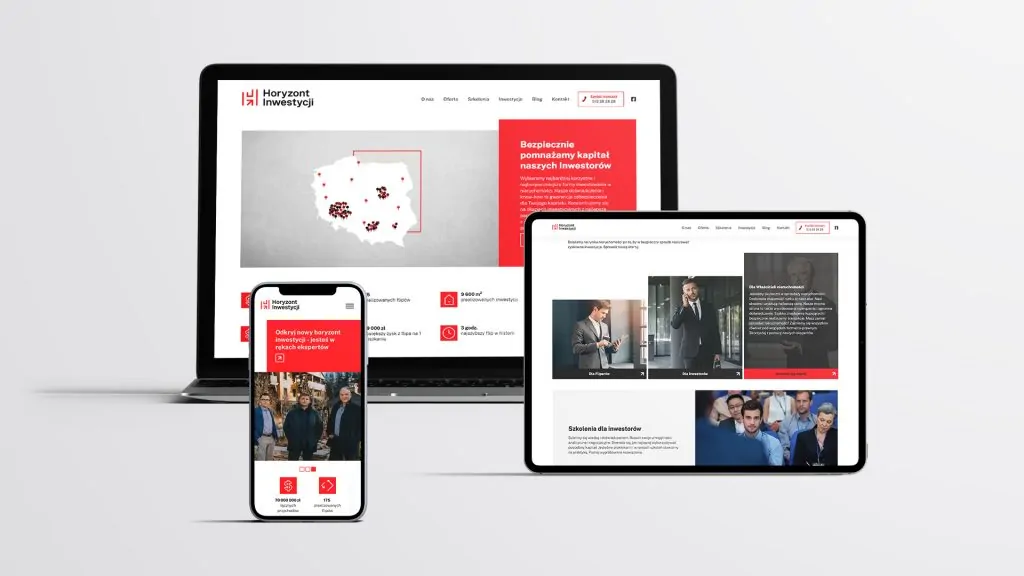Public relations is the art of building relationships between an organisation - and its environment. Effective PR requires above all a skilful selection and use of appropriate tools. Public relations instruments form the core of communication activities, allowing companies to shape their image, build trust and effectively manage their reputation.
What is public relations?
Public relations is a strategic communication process that builds mutually beneficial relationships between organisations and their audiences. PR goes far beyond simple promotion - it aims to create a positive image, build trust and manage a company's reputation.
The main objectives of PR activities include:
Building and maintaining relationships with important stakeholder groups
Communication management in crisis situations
Supporting business objectives through effective communication

Effective PR requires the consistent use of various communication tools. Public relations instruments allow organisations to reach their audiences in a precise and authentic way.
Public relations tools and their types
PR instruments fall into two main categories: internal and external. Each serves different purposes and requires a different approach.
Internal PR
Internal PR tools focus on building relationships and communication with employees. The most important instruments in this category are:
- Internal mailing - regular newsletters to inform employees of important events and decisions within the company. A technology company may use weekly mailings to inform employees about project progress or upcoming organisational changes.
- Company events - from informal team-building events to large internal conferences. Organising a hackathon for IT staff can integrate the team, but also result in innovative ideas for the company.
- Employer branding - activities aimed at building the company's image as an attractive employer. For example, a company can set up a mentoring programme for new employees, showing that it cares about the development of its staff.
- Intranet - an internal communication platform that enables the rapid exchange of information and collaboration between departments. A well-designed intranet can significantly improve the flow of information within an organisation and increase employee engagement.
- Training and workshops - regular learning sessions improve staff skills and build a culture of continuous development within the organisation.
External PR
External PR tools are used to communicate with the company's environment, including customers, the media and the wider public. The most important instruments include:
- Media relations - building and maintaining relations with journalists and editors. This includes preparing press releases, organising press conferences or giving interviews. Effective media relations can significantly increase a company's media presence and build its credibility.
- Social media - Social media platforms make it possible to communicate directly with audiences and respond quickly to their needs. A company can use social media to showcase its corporate culture, share successes or engage customers in dialogue.
- CSR (Corporate Social Responsibility) - community and environmental action. A manufacturing company can initiate a waste recycling programme in the local community, demonstrating its commitment to the environment.
- Organisation of events - Industry conferences, open days or customer workshops allow direct contact with the public and the building of relationships.
- Content marketing - Creating valuable content that educates and engages the audience. This could include running a company blog, creating e-books or producing industry podcasts.
How do you choose the right PR tools?
Of great importance is analysis of audience preferenceswhich may vary depending on the demographic group. For example, younger people often choose social media as their main source of information, while older groups may prefer traditional media such as newspapers or television.
The next step is definition of communication objectivessuch as increasing brand awareness, improving the company's image or supporting a specific product campaign. Clearly defined objectives allow PR tools to be tailored precisely to the expected results.
An important part of the process is also audit of available resourcesincluding budget, team and other organisational capacity. Some activities, e.g. the organisation of large events, may require significant financial and personnel resources. It can also be useful to analyse what your competitors are doing. This allows you to identify successful strategies or market gaps to exploit.
Finally, it is worth carrying out tests of selected tools and monitor their effectiveness on an ongoing basis. Analysis of the results makes it possible to optimise the PR strategy and better adapt activities to the changing needs of the organisation and its audience. An effective PR strategy is often based on a combination of different tools, chosen to suit the specifics of the company and its objectives.
Public relations instruments, if used well, have many benefits.
Check how we can help you.
How to measure the effectiveness of PR activities?
Measuring the effectiveness of PR activities is essential for assessing their effectiveness and making improvements. The most commonly used indicators (KPIs) in this area include media reach, the number of publications and mentions of the company in traditional media and online. Equally important is the share of mentions of the company in a given market category, i.e. the so-called Share of Voice, as well as an analysis of the overtones of publications and comments (positive, neutral, negative).
Audience engagement on social media (engagement rate) and the number of conversions, such as newsletter sign-ups or event attendance, are further indicators that help to assess the effectiveness of the activities.
To monitor performance, tools such as media monitoring systems can be used (Brand24, Newspoint), social media analyses (Sprout Social, Hootsuite), media relations management platforms (Prowly, Prezly) or website traffic analysis tools (Google Analytics). Regularly checking this data allows you to make the necessary adjustments and continuously improve your communication strategy.
Current trends in public relations
The PR industry is constantly evolving, adapting to changing technologies and audience expectations.
- Digital PR - The growing importance of online communication requires PR professionals to be proficient in digital tools and able to create engaging content for different platforms.
- Personalisation of communication - Audiences expect personalised messages, tailored to their individual needs and preferences. This requires advanced audience segmentation and the use of content personalisation tools.
- The role of influencers - Working with influencers is becoming an integral part of many brands' PR strategies. This requires the ability to identify the right partners and build authentic relationships.
- Process automation - Artificial intelligence-based tools make it possible to automate certain PR tasks, such as media monitoring and sentiment analysis. PR professionals must learn to use these technologies effectively.
- Crisis management in the age of social media - The speed at which information spreads on social media requires companies to be ready to react instantly to potential crises.
- Ethics and transparency - In the face of growing consumer awareness, companies need to place greater emphasis on ethical practices and transparent communication.
In order to successfully face these challenges, PR professionals need to continuously develop their competencies, follow industry trends and be ready to quickly adapt new tools and strategies.
Public relations instruments are the foundation of effective communication between an organisation and its environment. Skilful use of various PR tools allows companies to build a strong market position, manage their reputation and effectively achieve their business goals. The recipe for success here is flexibility, readiness for continuous learning and the ability to strategically select and use PR instruments.

